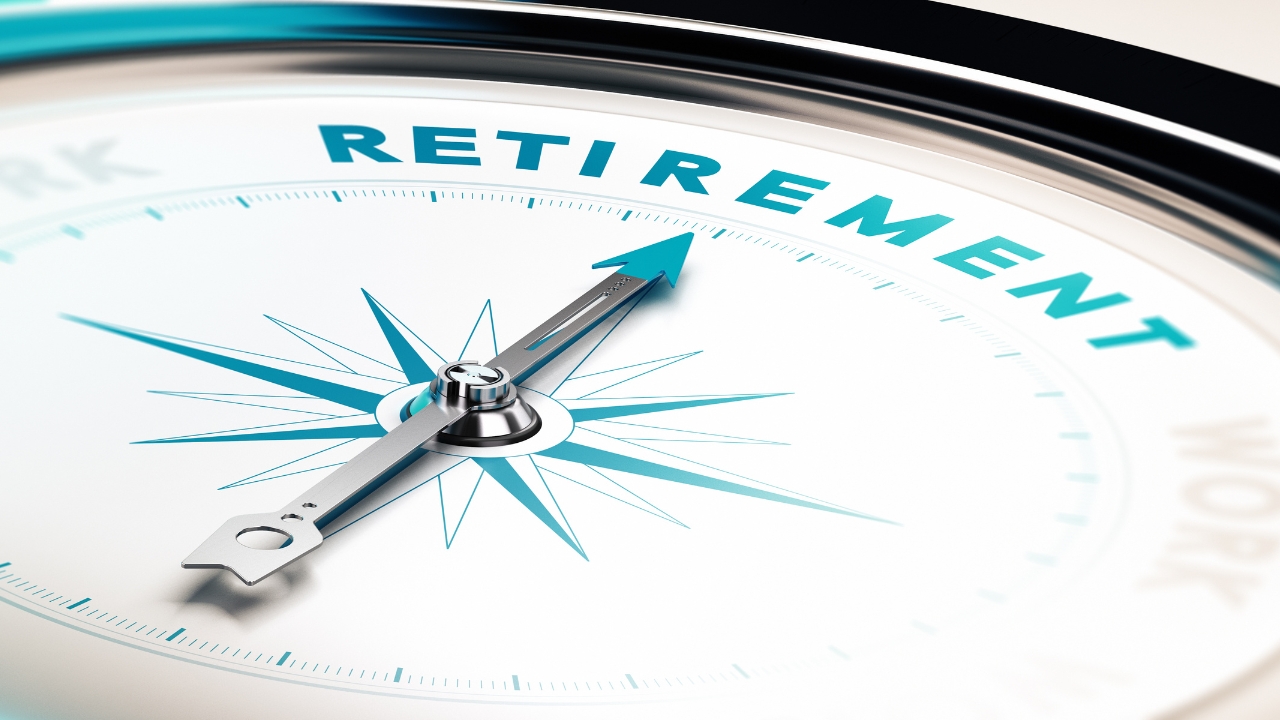If you’re a working Fed, currently, your paycheck is likely going toward “now” expenses — think food, clothing, shelter and extras. A portion of that paycheck is also directed toward the Federal Employee Retirement System (FERS), one of the benefits of your federal government employment.
Along those lines, there will come a time when you retire from that employment. But will you have enough money when that time comes? Furthermore, how much is enough?
Let’s take a look.
What the Professionals Say
It’s estimated that 11,000 Americans will turn 65 each day through 2027. However, only half of baby boomers and Gen Xers believe they’ve saved enough to retire.
Delving into the numbers, a good deal of wealth management firms and CERTIFIED FINANCIAL PLANNERS™ suggest that saving at least 10 times your annual income by age 65 helps support a comfortable retirement.
More specifically (and in a perfect world), many suggest the following targets:
- By age 35: 1 to 1.5 times your annual salary
- By age 50: 3.5 to 5.5 times your annual salary
- By age 60: 6 to 11 times your annual salary
However, don’t panic if you don’t have this amount stashed away. Every person’s retirement goals are unique. So, to determine how much you need when you separate from your job, the first step is to determine:
- Your monthly and annual expenses, both now and when you retire
- Potential expense increases (healthcare) or decreases (commuting costs, work clothes)
- What you plan to do during retirement (travel, hobbies)
It’s also a good idea to build inflation into your estimates, as higher prices can erode your savings.
Learn more about your retirement benefits at our No-Cost webinars, featuring Ed Zurndorfer -
Catching Up on Savings
Now, let’s get back to your federal retirement benefits. The FERS is a three-legged retirement “stool” consisting of:
- Social Security (a percentage of your paycheck)
- Basic Benefit Plan (contributions from your agency employer)
- Thrift Savings Plan (contributions from your paycheck -- if you contribute at least 5% of what you earn, your agency will match that amount)
Contributions to the Basic Benefit and Social Security generally don’t change. But you can add more to your retirement accounts by increasing TSP contributions.
The TSP annual contribution limit is $23,500. If you are 50 years or older, you can contribute an additional $7,500 as a catch-up contribution. However, as of January 1, 2026, those funds must be directed to a Roth TSP rather than a traditional TSP if you earned more than $145,000 in the previous year.
Furthermore, the Setting Every Community Up for Retirement Enhancement Act of 2022 (SECURE 2.0) has additional catch-up contribution rules based on your age.
What happens when you reach your limits? At that point, you could open a private Individual Retirement Account (IRA) for additional contributions. A Fed-knowledgeable CFPTM, like those at Serving Those Who Serve, can help you with such options.
How Much You Have Versus What You Need
While there is plenty of information suggesting how much you need to retire, there is no one-size-fits-all number that fits your particular reality. However, it’s essential to understand how much you will need when you separate from your job, and how much you will need to contribute to get there.
The Fed-focused CFPTM Professionals at Serving Those Who Serve can help you determine how much TSP is enough to retire and advise on how to get to that goal. These professionals can also help you review your annual goals and adjust as needed.
To learn more or to schedule your no-obligation consultation, visit the website or [email protected].
The Thrift Savings Plan (TSP) is a retirement savings and investment plan for Federal employees and members of the uniformed services, including the Ready Reserve. The TSP is a defined contribution plan, meaning that the retirement income you receive from your TSP account will depend on how much you (and your agency or service, if you’re eligible to receive agency or service contributions) put into your account during your working years and the earnings accumulated over that time. The Federal Retirement Thrift Investment Board (FRTIB) administers the TSP.
The information has been obtained from sources considered reliable but we do not guarantee that the foregoing material is accurate or complete. Any opinions are those of Serving Those Who Serve writers and not necessarily those of RJFS or Raymond James. Any information is not a complete summary or statement of all available data necessary for making an investment decision and does not constitute a recommendation. Investing involves risk and you may incur a profit or loss regardless of strategy suggested. Every investor’s situation is unique and you should consider your investment goals, risk tolerance, and time horizon before making any investment or financial decision. Prior to making an investment decision, please consult with your financial advisor about your individual situation. While we are familiar with the tax provisions of the issues presented herein, as Financial Advisors of RJFS, we are not qualified to render advice on tax or legal matters. You should discuss tax or legal matters with the appropriate professional. **


